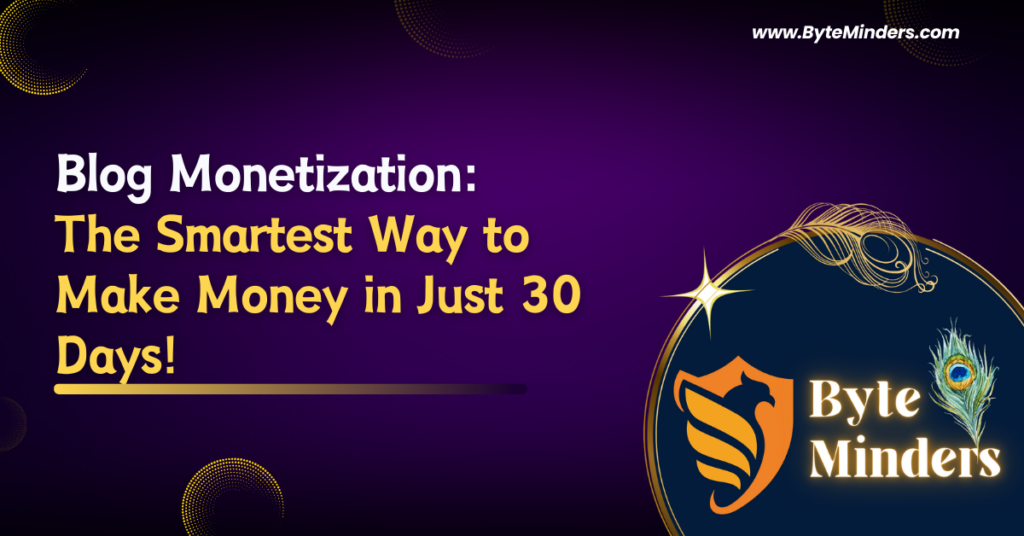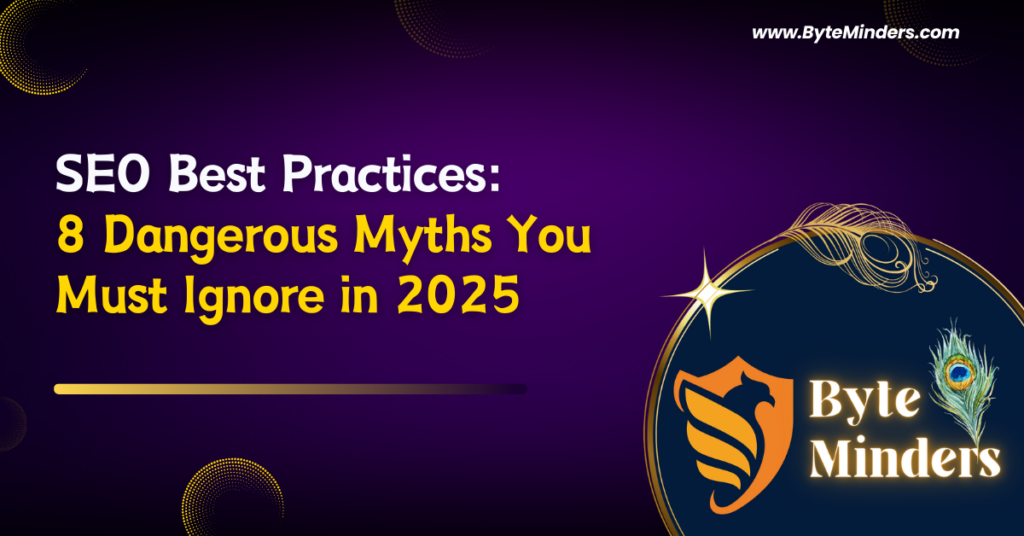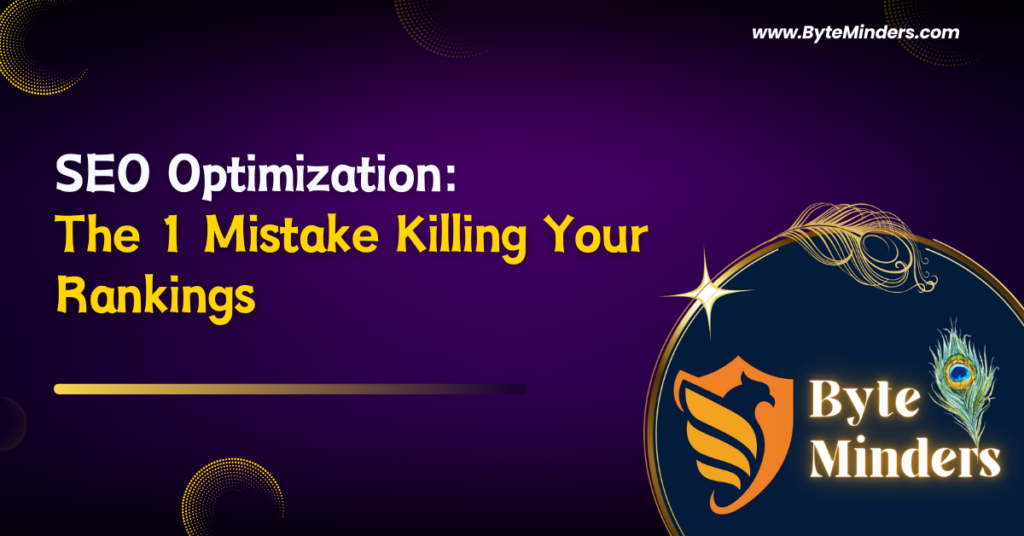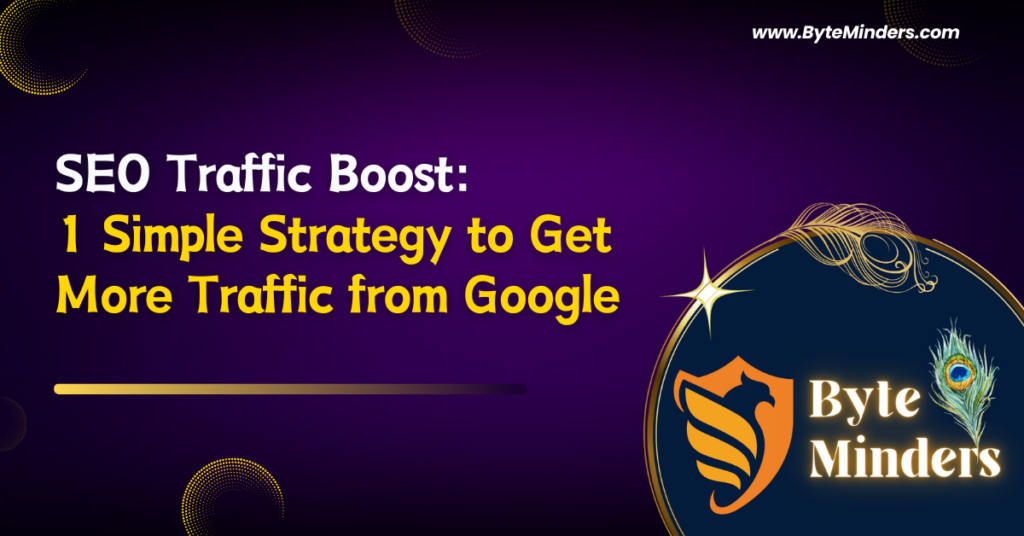
Blog Monetization: The Smartest Way to Make Money in Just 30 Days! – Duplicated
Introduction Are you looking for a quick and effective way to start earning from your blog? Blog monetization is a dream for many bloggers, but it often seems complicated and time-consuming. The good news is that you don’t need years to start making money from your blog. In just 30 days, you can implement a powerful strategy that generates income consistently. In this guide, we will focus on Affiliate Marketing – one of the smartest and fastest ways to achieve blog monetization. With the right approach, you can start earning commissions within a month. Let’s dive into the details and explore how you can use affiliate marketing to monetize your blog effectively. Why Choose Affiliate Marketing for Blog Monetization? Affiliate marketing is a simple yet powerful method of blog monetization. Here’s why it works so well: Low Investment: You don’t need to create your own product. Passive Income: Once set up, it generates revenue on autopilot. Scalable: You can promote multiple products and increase earnings over time. Wide Opportunities: There are thousands of affiliate programs in every niche. Now, let’s break down how you can set up affiliate marketing and start earning in just 30 days. Step 1: Choose the Right Niche and Affiliate Program The first step in blog monetization is selecting the right niche and affiliate program. Here’s how: Pick a Profitable Niche: Choose a niche that has demand and profitable affiliate programs. Examples include: Health & Fitness Technology & Gadgets Personal Finance Digital Marketing Lifestyle & Fashion Find Affiliate Programs: Sign up for reputable affiliate programs such as: Amazon Associates ShareASale CJ Affiliate ClickBank Impact Make sure the products align with your blog content to ensure authenticity and higher conversions. Step 2: Create High-Quality Content with Affiliate Links Content is key to blog monetization. Your goal is to create content that adds value to your readers while subtly promoting affiliate products. Types of Content That Work Best: Product Reviews: Write detailed reviews about products you’ve used. Comparison Articles: Compare two or more products to help readers make a decision. How-To Guides: Provide tutorials that include affiliate product recommendations. Listicles: Create lists of top products, like “Top 10 Gadgets for Bloggers.” Make sure to naturally insert affiliate links in your content. Avoid over-promotion, as it can reduce trust. Step 3: Optimize for SEO to Drive Traffic Without traffic, blog monetization is impossible. Focus on SEO to get organic visitors from Google. SEO Tips for Affiliate Blogs: Keyword Research: Use tools like Ahrefs, SEMrush, or Ubersuggest to find high-volume keywords. On-Page SEO: Optimize title tags, meta descriptions, and headings with relevant keywords. Internal Linking: Link to other related posts on your blog to boost engagement. Speed Optimization: Ensure your blog loads quickly to improve user experience. A well-optimized blog will attract more readers, increasing your chances of affiliate sales. Step 4: Promote Your Content for Faster Monetization Even with great content, you need to actively promote your blog for quicker blog monetization. Effective Promotion Strategies: Social Media Marketing: Share blog posts on Facebook, Twitter, LinkedIn, and Instagram. Email Marketing: Build an email list and send newsletters featuring your affiliate products. Pinterest: Create eye-catching pins that lead to your affiliate blog posts. YouTube: Make video content that complements your blog and includes affiliate links. Forums & Q&A Sites: Answer relevant questions on Quora and Reddit with links to your blog. These strategies will help drive targeted traffic, increasing your affiliate conversions. Step 5: Track Performance and Optimize for Higher Earnings Once your blog starts getting traffic, it’s important to analyze performance and improve your strategy. Key Metrics to Track: Click-Through Rate (CTR): Check how many people click on your affiliate links. Conversion Rate: Monitor how many visitors make a purchase. Traffic Sources: Identify where your traffic is coming from. How to Optimize? Improve CTA (Call-to-Action) placement. Test different affiliate products to see what works best. Update old blog posts to keep content fresh and relevant. By continuously analyzing and optimizing, you can increase your affiliate income significantly. Conclusion: Start Your Blog Monetization Journey Today! Affiliate marketing is one of the smartest and fastest ways to achieve blog monetization. By following the steps outlined above, you can start earning from your blog within 30 days. Quick Recap: Choose the right niche and affiliate program. Create high-quality content with affiliate links. Optimize for SEO to drive traffic. Promote your content for faster results. Track performance and optimize for better earnings. Blog monetization doesn’t have to be complicated. Start implementing these strategies today and watch your blog turn into a profitable asset!







